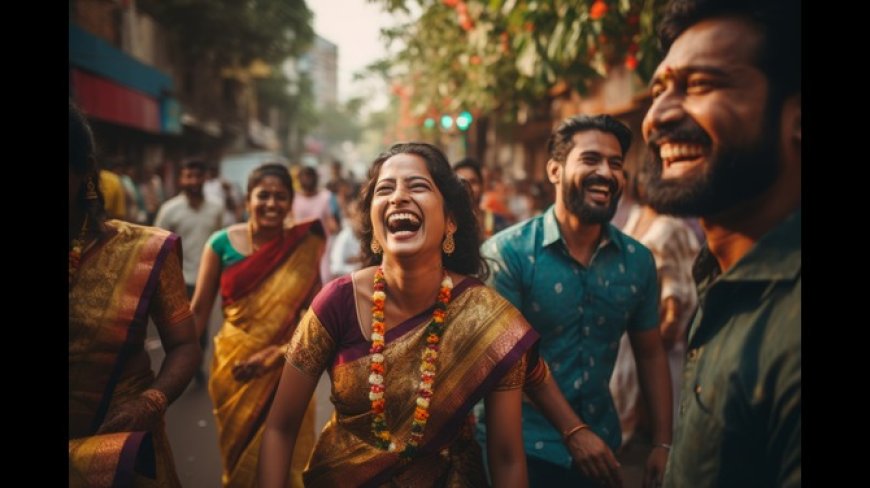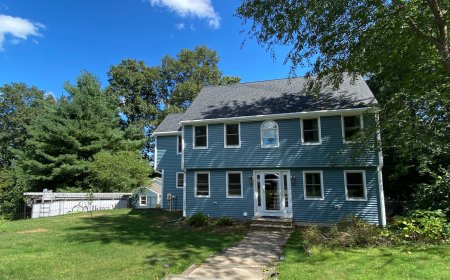Is the Idea of Community in India Changing Forever?

The word "community" has always held a deep and layered meaning in India. For centuries, it signified kinship, shared traditions, local customs, and close-knit social groups that looked after each other. Whether it was a village panchayat, a religious congregation, or a caste-based gathering, community in India was about belonging to something larger than oneself. But as the country urbanizes, digitizes, and globalizes, an important question arisesis the idea of community in India changing forever?
The short answer is yes, but not in a way that abandons the past. Rather, India is witnessing a fascinating transformation where traditional community values are merging with new-age needs, redefining how people connect, collaborate, and care for one another.
1.From Inherited Identity to Chosen Circles
Earlier, your community in India was defined by birth. It was shaped by where you were born, the religion you followed, the caste you belonged to, or the language you spoke. Today, people are building communities based on choice, not just inheritance.
From tech-driven professional groups to eco-conscious collectives and LGBTQ+ support circles, new communities are emerging around shared values and common goals. These networks are built not on bloodlines, but on belief systemsforming bonds that are just as strong, if not stronger.
2.Digital Platforms Redefining Belonging
Technology is playing a massive role in reshaping how community in India is formed and maintained. Social media platforms, messaging apps, and hyperlocal networks have replaced the traditional chowk or community center. People now find their tribe onlinethrough Facebook groups, Telegram channels, Reddit threads, and neighborhood forums.
Whether its a mother in Bengaluru joining a parenting group or a farmer in Punjab learning from an online agri-forum, digital communities are enabling connections that defy geography. This shift is not erasing traditional communities but offering people additional spaces to belong and thrive.
3.Urbanization and the Rise of Anonymous Neighborhoods
As India urbanizes, cities are becoming denser, faster, and more transient. High-rise apartments have replaced joint family homes. The sense of familiarityknowing your neighbors name, helping during a wedding, or mourning together after a lossis fading in many parts.
Yet, even in these anonymous urban neighborhoods, people are finding new ways to recreate that old-world sense of connection. Gated society WhatsApp groups, apartment festival committees, and local volunteer drives are helping residents rediscover the spirit of togetherness. The form has changed, but the function remains.
4.Shared Challenges Creating Stronger Bonds
Ironically, one of the forces reshaping the community in India has been shared adversity. Whether during the COVID-19 pandemic, environmental crises like floods or pollution, or social movements around gender and education, people have come together in new ways.
From community kitchens to crowdfunding campaigns, from remote learning pods to free medical aid groups, these crisis-driven connections have sparked long-term relationships. In a country as vast and varied as India, it is these shared struggles that often form the most resilient modern communities.
5.Cultural Preservation Amid Change
While the way people connect is evolving, the desire to preserve culture remains strong. Community in India is still deeply linked to rituals, languages, food, and festivals. In fact, many youth-led communities are reviving local dialects, traditional art forms, and indigenous knowledge systems through digital documentation and creative storytelling.
From folk musicians gaining fame on YouTube to rural crafts being promoted via Instagram stores, communities are not fadingtheyre adapting. Tradition is no longer locked in villages; its traveling digitally and becoming global.
6. Community as a Platform for Impact
Modern communities in India are increasingly becoming platforms for impact. Youth groups are organizing blood donation camps, environment cleanups, menstrual health drives, and education programs. These initiatives are no longer led by authoritiestheyre driven by community will.
In this new model, anyone can lead, contribute, or support. There's no hierarchy, only purpose. This decentralization of leadership makes modern Indian communities more democratic and empowering.
7.Branding the New Indian Community
As community dynamics evolve, so do the ways they are recognized, supported, and promoted. Digital platforms like ZoneZapper are stepping in to map, feature, and empower communities across India. By highlighting local events, neighborhood heroes, and cultural gems, theyre giving voice to the everyday stories that shape Indias social landscape.
Such platforms are not just documenting changetheyre helping accelerate it by providing tools for collaboration, promotion, and visibility. In the process, they are reinforcing that community in India is no longer confined to physical bordersits now a digital and emotional experience.
8.What Lies Ahead?
So, is the idea of community in India changing forever? In many ways, yes. But its not a lossits a reinvention.
Were witnessing the rise of hybrid communitiespart physical, part digital; part tradition, part transformation. People are seeking connection, relevance, and support in spaces that speak to their lives today, not just their past. And in doing so, they are redefining what it means to belong in the worlds most diverse democracy.
The future of the community in India lies not in looking backward with nostalgia, but forward with intention. Its about building bonds that reflect the modern Indian identityone thats mobile, mindful, and meaningfully connected.
Conclusion
The concept of community in India is no longer a static definition based on geography or background. It is a living, evolving network of people who come together through shared values, interests, and intentions. While tradition still plays a key role, todays communities are being shaped just as much by technology, choice, and purpose.
As we navigate the complexities of a fast-changing nation, it is these adaptable, inclusive, and impact-driven communities that will define Indias social strength in the years to come.











































